Flax
All Flax Content

Crops
During the growing season, SDSU Extension provides weekly production recommendations.
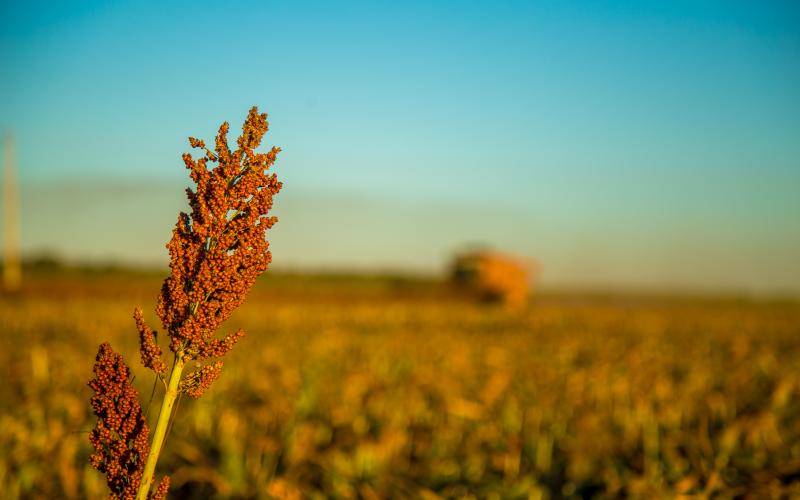
Other Crops
South Dakota’s fertile landscape is home to a variety of crops.
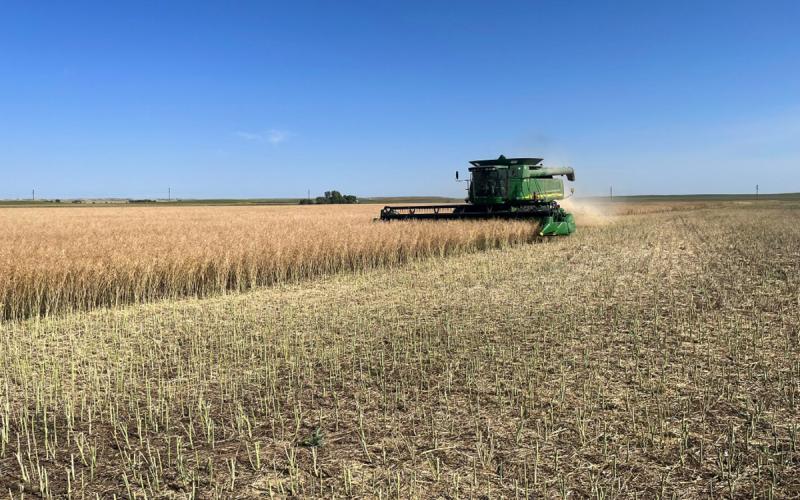
Broadleaf Considerations for West River South Dakota Cropping Systems
Selecting the right crop rotation is crucial in West River South Dakota, where water use efficiency is important. Learn some key factors to consider when selecting broadleaf crops for rotations and see what some farmers in the region are already planting.
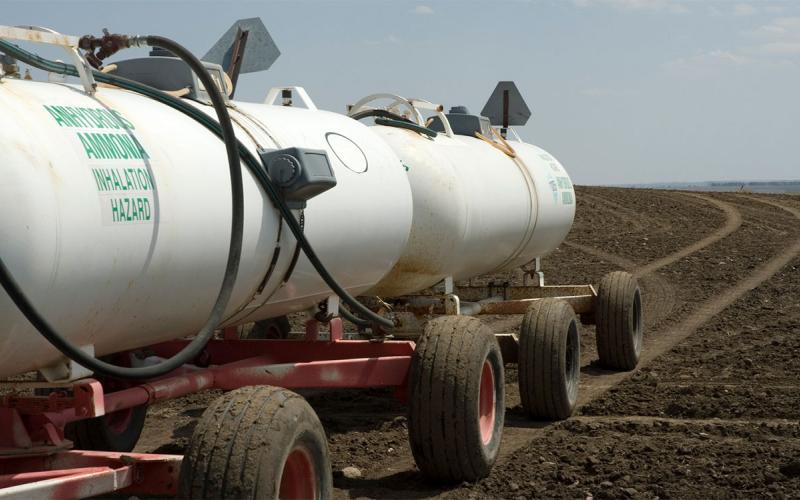
Starter Fertilizer Calculator and Final Report
Decision aid to assist crop planners in selecting the maximum safe fertilizer rate that can be applied with the seed for various crops.
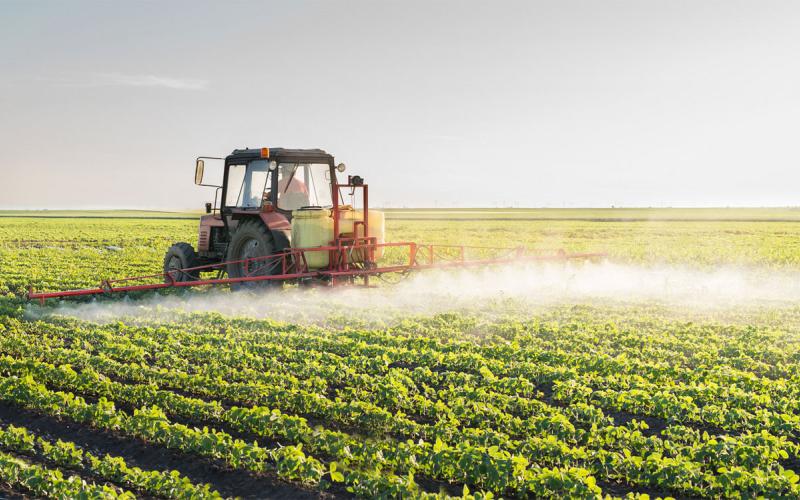
Current State of Row Crop Weed Management in South Dakota
Results of an online survey to determine how South Dakota stakeholders are currently managing row crop weeds.

Sunflower & Oilseeds
There are times when sunflower producers need unbiased answers. That’s what we are here for.
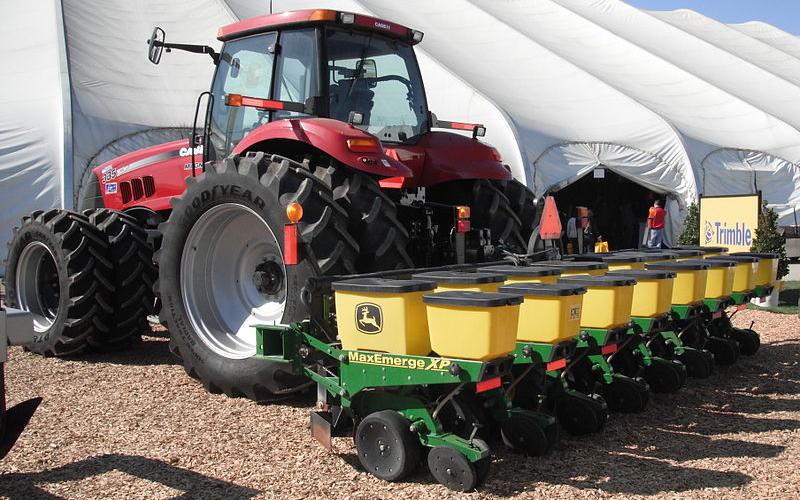
Why Precision Agriculture?
When precision agriculture comes into a conversation a few questions arise. Three of those questions might be: What is precision agriculture? How does precision agriculture make our farm more profitable? What do I do with all this data?
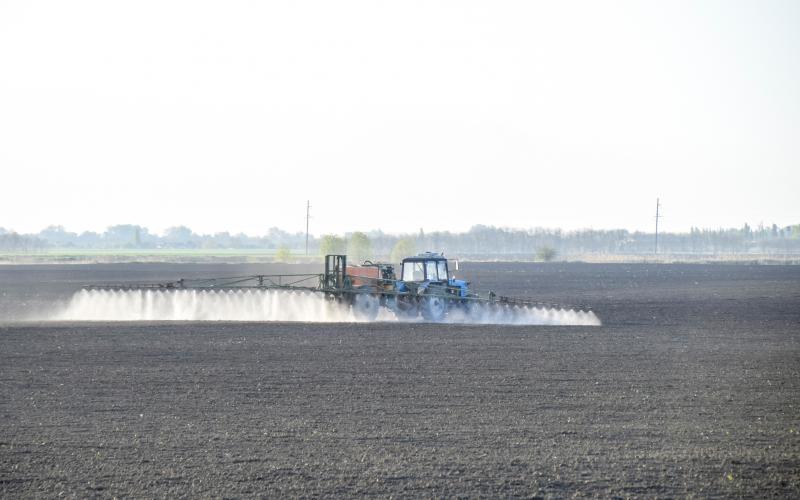
Herbicide Rotation Restrictions
This is a quick reference guide to common herbicides and their rotation restrictions for selected crops.
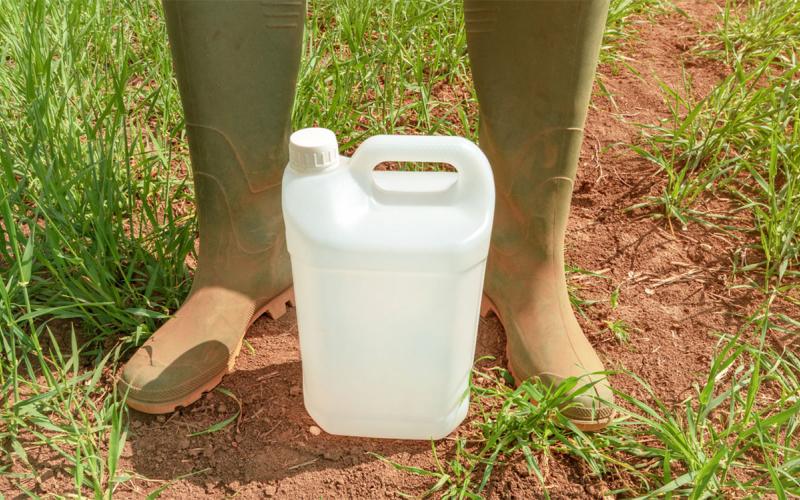
A Ban or New Rules for Chlorpyifos May Be Coming Soon
Recently, a federal appeals court gave the U.S. Environmental Protection Agency a 60-day deadline to either ban insecticides containing chlorpyrifos or set new guidelines for its use.
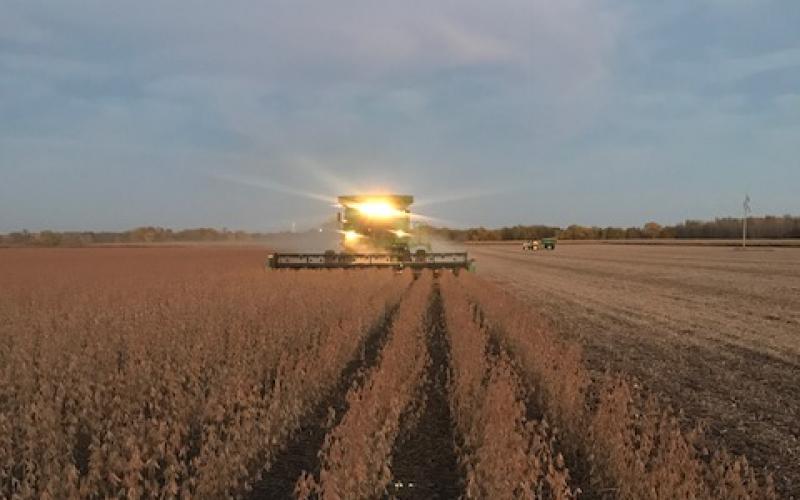
Field Studies: Blowing the Whistle on Marketing Claims
With technology surrounding today’s culture, data and marketing information has become a key part of life. The best way to determine if a product or practice is effective is to ask for the data and research backing a company’s claims. However, before a producer makes a decision, understanding the data and statistics is key.